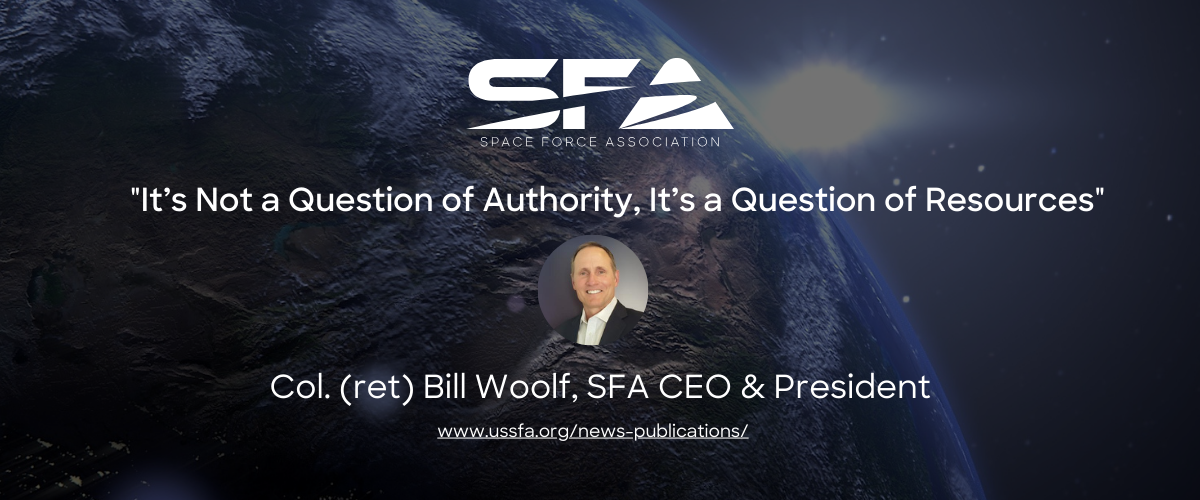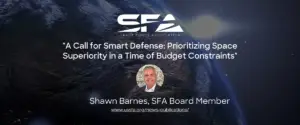By: Col. (ret) Bill Woolf, SFA CEO & President
The United States Space Force (USSF) performs its mission with around 9,400 military personnel and another approximately 5,000 civilian personnel. For comparison, the Army has 449,344, the Navy has 329,000, the Air Force has 325,000, the Marine Corps has 177,000, and the Coast Guard has 84,000.
To effectively manage the manpower allocated to its missions, two laws have been enacted, the Space Force Personnel Management Act (SFPMA), which was part of the 2024 National Defense Authorization Act (NDAA) and, most recently, Section 514 of the Fiscal Year 2025 NDAA. Together, these two provisions restructure legacy Reserve and Guard missions under the Space Force, with the intent of streamlining the service’s ability to access and utilize assigned personnel.
SFPMA begins by integrating active-component Guardians and Air Force Reservists into a unified service. This act allows for both full-time and part-time service options, providing flexibility for personnel to balance their military roles with personal life circumstances and opportunities outside the Space Force. SFPMA is designed to enhance recruitment and retention strategies while meeting the unique demands of the space domain.
Section 514 of the FY25 NDAA authorizes the transfer of National Guard space missions currently assigned to the Air National Guard into the Space Force. A recent press release from the National Governors Association (NGA) emphasizes the importance of gubernatorial approval before making changes to the National Guard, as required by federal law. The NGA expressed concern over the Space Force implementing these changes without the explicit consent of affected states. The governors call for transparent and cooperative engagement with states and territories, stressing that any actions impacting the National Guard must have explicit consent from the governors. They highlight the critical role of the National Guard in national security, military readiness, and emergency response, and insist that governors must maintain full authority over their National Guard units.
One has to presume that Congress debated the concerns of the States and NGA during deliberations. With the FY25 NDAA now signed into law, the President and Congress have directed the USSF to transfer mission from the National Guard to the USSF. The Department of the Air Force (DAF), and Space Force within it, are taking significant steps to comply with Section 514 of the Fiscal Year 2025 National Defense Authorization Act (FY25 NDAA). Absent an overturning by Congress, the Department of the Air Force, and the Space Force within it, are planning and executing compliance.
Options for Guardsmen
The reassignment of space missions from the Air National Guard does eliminate opportunities for affected Guard members or their states. Guardsmen will have the option to transfer to the Space Force or remain with their state Air National Guard. A similar inter-service transfer process is underway for Air Force Reservists as part of the SFPMA and, to date, over 300 Air Force Reservists have been selected to continue in space roles as full-time Guardians, with part-time position applications available in the future.
Meanwhile, the Space Force has pledged that it has no intention of moving existing missions out of the states where they currently reside, preserving current economic impact of these missions. Whether serving as Guardsmen or Guardians, these service members will continue to make positive impacts in their communities, fulfilling their roles with dedication and excellence.
